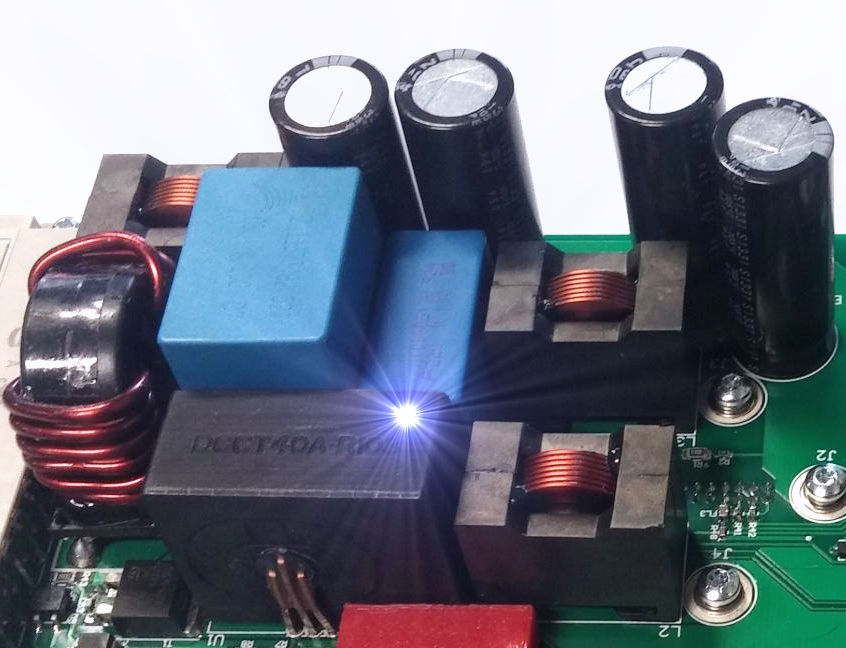Are you a professional in the electronics industry without an engineering background? Maybe you’re in marketing, finance or another non-engineering role.
If so, you may have heard this sound before:
WHIZZZZZZZZZZZ…
What’s that, you ask?
It’s the all too familiar sound of a technical conversation flying right over your head.
Are you ashamed of your lack of technical knowledge?
You have your own job to do. There is plenty of specific knowledge you need to do it successfully. So understanding every detail of an engineering discussion is not a high priority.
But… Knowing some key electronics basics can go a long way in helping you to become more effective.
The 5 Key Concepts You Need to Understand About Power Supplies
Knowing the following concepts will help you gain your footing during meetings. The concepts are not very technical. But once you understand them you’ll be armed with some basics about power supplies
You’ll actually be able to nod your head in agreement during key parts of a meeting. You’ll come out of discussions feeling more confident.
Key Concept #1: The Power Coming Out of Your Wall is AC
AC stands for “Alternating Current.” This type of power is ideal for transmitting electricity over long distances. That’s why it’s used for the electric grid.
Its electric charge periodically reverses direction. Hence, the name “alternating.”
Key Concept #2: Most of Your Electronic Devices Need DC Power
Cell phones, computers and most other common household devices require “Direct Current.” The electric charge does not reverse direction like AC. It flows in one direction. It goes straight into the device.
Key Concept #3: AC to DC Power Supplies Give Your Device the DC Power it Needs
The power coming from the wall is AC. Most devices need DC power. That’s why you need an AC/DC power supply. (It’s the boxy thing attached to your plug) It converts AC power to DC power.
Key Concept #4: Your Device Also Has Mini-Devices Inside of It
A device like a smartphone has different functions inside of it. It has a camera. It has a screen. It has LED lights. Each of these mini-devices needs its own power.
The main power supply provides DC power to the whole phone at a certain voltage. But each of the mini-devices has it’s own voltage requirements.
Key Concept #5: DC to DC power supplies convert voltage levels for Mini-Devices
Inside your device, you’ll find a DC/DC power converter… Or you’ll find multiple converters. This type of power supply adjusts the voltage level so that it’s appropriate for each function. The camera gets the voltage it needs. The screen gets the correct voltage. And so on.
Once You Understand These Key Concepts, Then You Have a Foundation You Can Build On
The examples mentioned above don’t represent all applications of AC/DC or DC/DC power supplies. But they should give you a starting point for understanding what they do. In time you can learn more specific applications as you gain more experience with them.
How to Get the Power Supplies You Need From Gabrian
When you’re shopping around for a power supply manufacturer, you need a partner you can trust. You need high-quality power supplies. You need on-time delivery. You need excellent customer service. Gabrian excels in these areas.
Learn more about our production capacity.
Or…
Request a quote and we will reply promptly.

